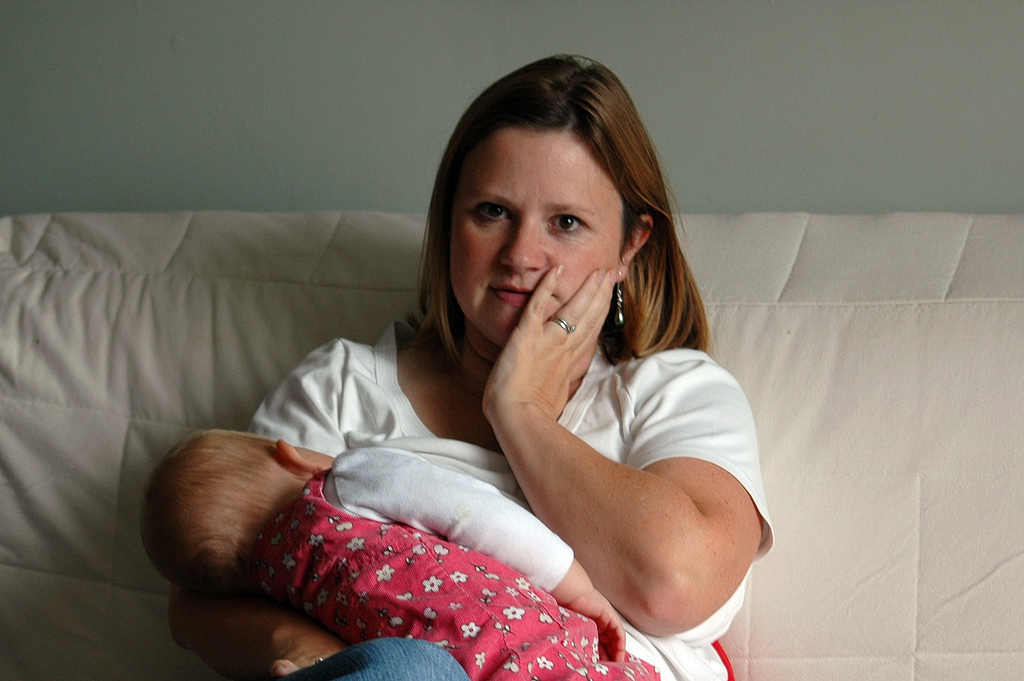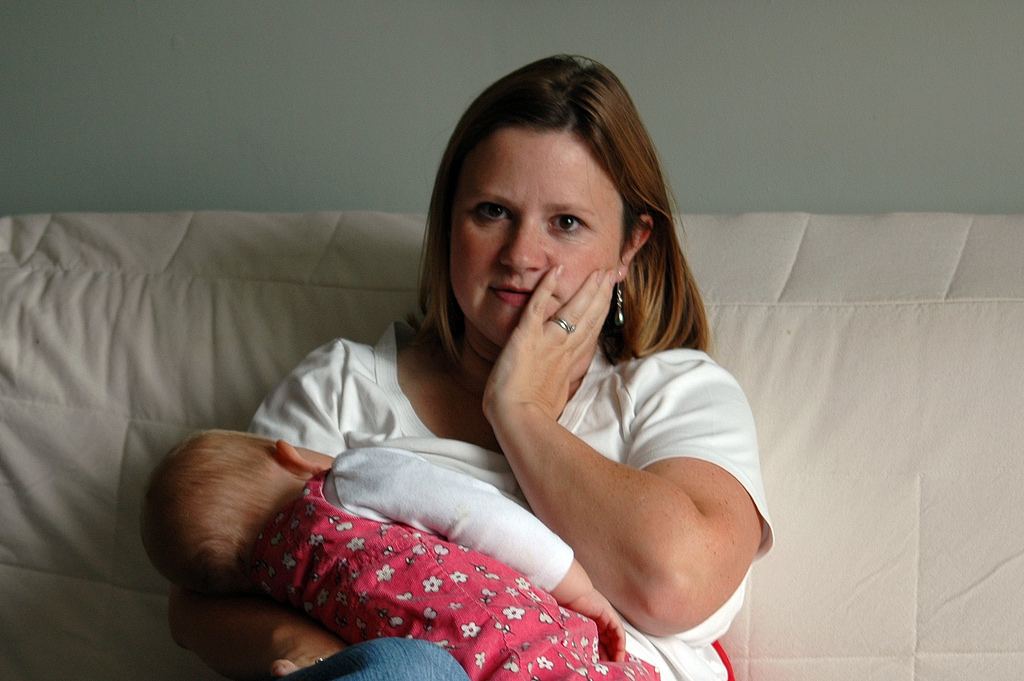
If you feel concerned about how much milk your baby is getting, while exclusively breastfeeding, you aren’t alone. It’s a natural response to worry if your baby is getting enough milk – after all there are no markers telling you how ‘full’ or ‘empty’ your breasts are, wouldn’t that be nice though?
One of the most common reasons for women stopping breastfeeding is feeling that they have low milk supply. Instead of worrying or allowing undermining comments about your milk supply create self-doubt, there are some reliable signs that your baby is getting enough milk.
You can hear (and see) your baby swallowing
Right after birth, it may take your newborn 5 to 10 sucks before swallowing. This is because the first ‘milk’ is thick and comes in very small amount. Your baby has to work hard to extract this liquid gold from your breasts. Surviving on colostrum only lasts a few days, until your milk comes in, generally somewhere between the second and sixth day. Your baby’s sucking will stimulate your ‘letdown reflex’ and he/she will swallow or gulp quickly to manage this initial fast milk flow. As the feeding progresses, he/she should settle into a slower deep sucking action with more regular swallows.
You should be able to hear your baby swallowing every suck or two (‘suck swallow’ or ‘suck, suck swallow’). If your baby is sucking many times before swallowing and/or making clicking noises as he sucks, get a lactation consultant to observe a feed and check your baby’s latch.
Your baby is alert and contented
If your baby is generally happy and alert, with bright, moist eyes and clear skin, there is usually no need to worry about how much milk he/she is getting. If your newborn falls off the breast, looking ‘milk drunk’ with milk dribbling from his mouth, this is a good sign they are drinking all they need.
However, if your baby is lethargic and sleepy at the breast, if he/she is screaming and unsettled (there can be various reasons for this, not just hunger) or if he/she is feeding constantly (it is normal for babies to cluster feed, especially in the evenings but this won’t be constant around the clock), please get your newborn checked by a health professional.
Check the diapers
A good sign that your baby is getting enough milk is in their diaper output – what comes out must have gone in!
You can expect your newborn to have at least 1 wet diaper on day one, 2 wet diapers on day two, 3 wet diapers on day three, up to 5 wet diaper on day five. After this, if your baby is exclusively fed breast milk he should be having at least six very wet cloth diapers or five heavy, wet disposable diapers each day.
If your baby is peeing only scarce amounts of concentrated urine, this means you will need to feed more often and you should check with your family doctor and call in a breastfeeding expert such as an IBCLC Lactation Consultant to observe and help with your baby’s feeding.
Your breastfed baby’s bowel motions are also an important indicator that he is getting enough milk. At first, your newborn will pass thick, black, sticky meconium, that is present in your baby’s gut before he is born. Although your breasts will produce small amounts of colostrum at first, as you milk ‘comes in’ this meconium will be passed and your baby’s bowel motions will transition from black to ‘greenish brown’ and then to mustard yellow in color by day 4 or sooner.
For the first six weeks, your baby should have at least 2 soft or runny yellow bowel motions the size of the palm of his hand each day. After this, babies may continue to do frequent bowel motions or they may space these out for several days. As long as your baby is otherwise thriving and their poo is soft and yellow, you don’t need to worry. If your baby has more solid stools or is uncomfortable, please consult your healthcare provider. If you are also giving formula, this will affect the color, formation, and smell of your baby’s bowel motions.
Weight gains
Just like adults, babies gain weight and grow at varying rates. A higher percentile is simply a reflection of your baby’s size in comparison to other babies the same age, not a reflection of you as a mother and how well you are feeding your baby. For instance, a baby at on the 50th percentile just means that 50% of babies will be above this percentile and 50% of babies will be below.
You only need to be concerned if your baby is slipping down several percentiles if his weight gain is very slow. Even then, sometimes a larger baby at birth may gain weight more slowly and a baby who is lighter at birth may grow more quickly. Weight at birth is more related to conditions in utero where growth after birth is genetically influenced. Babies can also have growth spurts and weight gains tend to slow as your baby becomes mobile and more active.
If you are concerned about your baby’s size, whether your baby is large or small, it would be helpful to check out the World Health Organization Growth standards as these are based on breastfed babies as the ‘norm’. Also, it is worth considering whether your baby’s growth could be influenced by genetics – asking your own mom and your mother-in-law for your and your partner’s baby books could provide reassurance that your child is simply following a family pattern.

